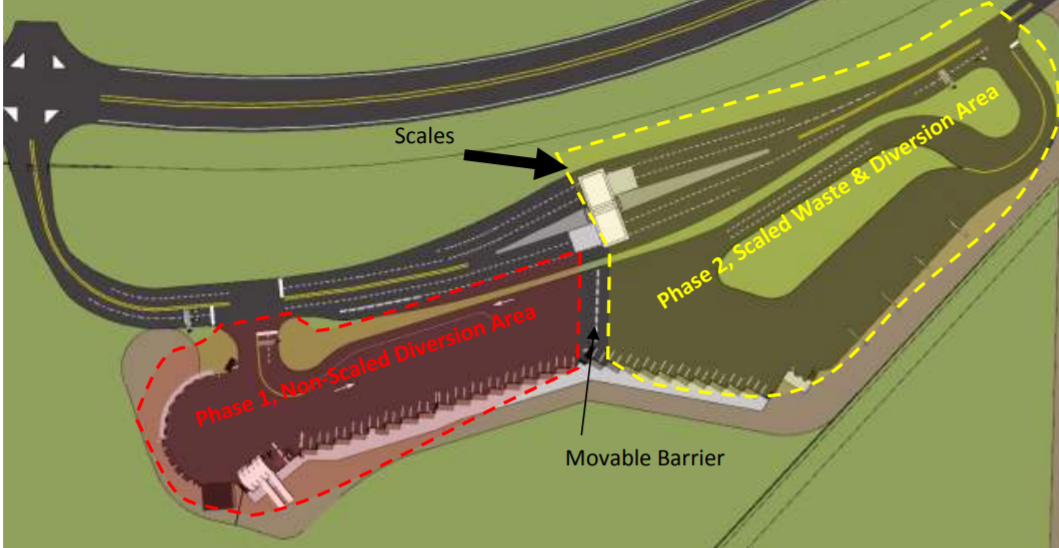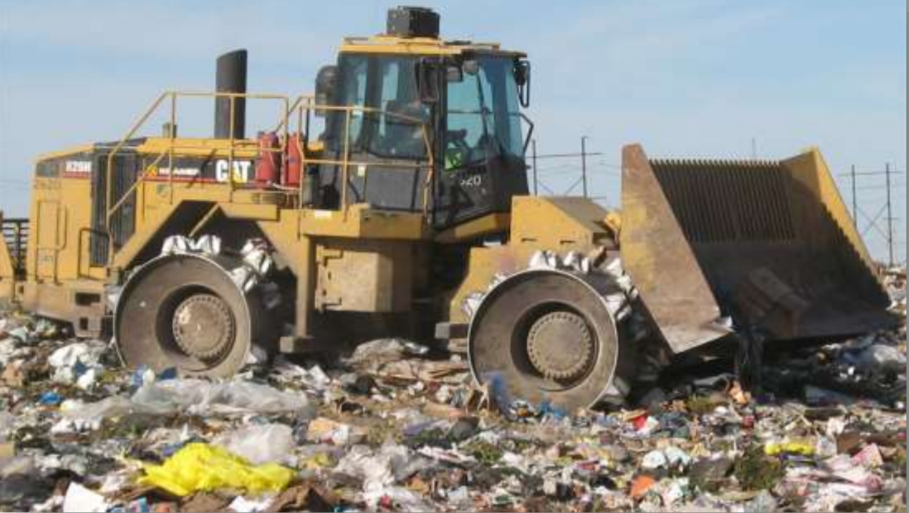Saskatoon is planning a $23.4-million facelift of its landfill that will deploy an integrated waste management (IWM) strategy to rebrand it as a “Recovery Park,” where the focus will be on diversion and recapturing materials for recycling or reuse rather than designating them as landfill.
IWM combines waste-handling and waste-reduction strategies that include reducing, reusing, recycling, composting and ultimately disposal.
The new facility will also impact how construction debris is handled in the city. Currently, 94 per cent of construction debris goes into landfill at the city’s site.
Brenda Wallace, Saskatoon’s director of environmental and corporate initiatives, said the city has drop-off points throughout the city for various materials but the uniqueness of the Recovery Park is that it will serve as a one-stop, fully integrated site where vehicles (both residential, commercial and industrial) can dispose of an array of materials ranging from household goods, compost materials, through to demolition materials and some hazardous waste.
The design concept is being finalized and a design-build concept for the Recovery Park is expected to go to tender later this year, said Wallace.
The city had $7 million of the needed funds set aside but in February it was able to obtain the balance of the capital cost.
On May 23, 2017, city council approved the issuance of a Request for Proposals for the design and construction of Phases 1 and 2 of the Recovery Park, which included a new landfill scale.
On Aug. 28, 2017, city council approved procuring specialized design services for the scale house and occupied buildings associated with the park.

Wallace said buildings that are currently located at the front of the landfill will be removed and this entrance area to the landfill will be converted to the Recovery Park. The contract work will include paving, road network, staff facilities, plus some portable sheltered areas to cover reclaimed materials such as mattresses.
The city’s aim is to make the Recovery Park as effective as economically possible and eliminate the need for residents to visit multiple points when disposing of unwanted materials. The Recovery Park will have an assortment of bins and sort-areas located in front of weigh scales before vehicles go into the refuse landfill area.
The initiative is also looking for support from private contractors wanting to partner with the city in recycling, Wallace said. Bins will be made available for clean and sorted construction demolition materials, but not all material arriving at the landfill is sorted.
“We are also seeking private operating partners to deal with the mixed construction waste,” she said.
The concept has vehicles off-loading as much material as possible before passing through the weigh scales where charges apply. The placement of free bins and disposal of materials will follow a business case model with the city’s cost captured in the recyclable value.
“We will want to be able to move the bins behind or in front of weigh scales as things change,” said Wallace.
“There is still some diversion behind the scales,” she said, adding the ability to divert behind the scales also saves on material going into landfill but the charge augments disposal costs. When there is a cost related to recycling material behind the scales, the focus is making it cheaper than putting the material into the city’s landfill mound.
Wallace said the city group in charge of the project looked at other landfill and recycling projects in Alberta and Saskatchewan before hitting on a design that will provide the most options for recovery and disposal of materials for residents and businesses. The Recovery Park even features areas where individuals can place usable household items that others may be able to reuse.
A report on Saskatoon users indicates they are among the highest in numbers in Canada to drive to a central landfill area to dispose of their waste. They are also from a city that has one of the lowest recycling rates in Canada. In 2014, Statistics Canada states Canadians diverted 255 kilograms of material per capita resulting in an overall diversion rate of 36.1 per cent.
“We are currently at 22 per cent of waste diversion,” she said, but with the new Recovery Park and strategies, she is hopeful that figure will rise.
Saskatoon has adopted a 10-year target to divert 70 per cent of waste from the current landfill by 2023 with a longer-term vision of achieving zero waste.
The city has been facing a crunch with its current landfill cell which is located at a site that is 80 acres. If the city continues as it has, it would need to develop a new landfill area at the location.
The cost of building a new landfill and decommissioning the current one is estimated to be $126 million.
But, by diversion, it is hoping to delay materials from landing in landfill and extend the life of the current site.











We need to look at other countries (Denmark, Finland etc)and take their ways of illuminating all the trash. We also need a better system to have people to recycle more, maybe charge for the garbage and not for the recycle like British Columbia. We need to look at all different aspect and look for better solutions.